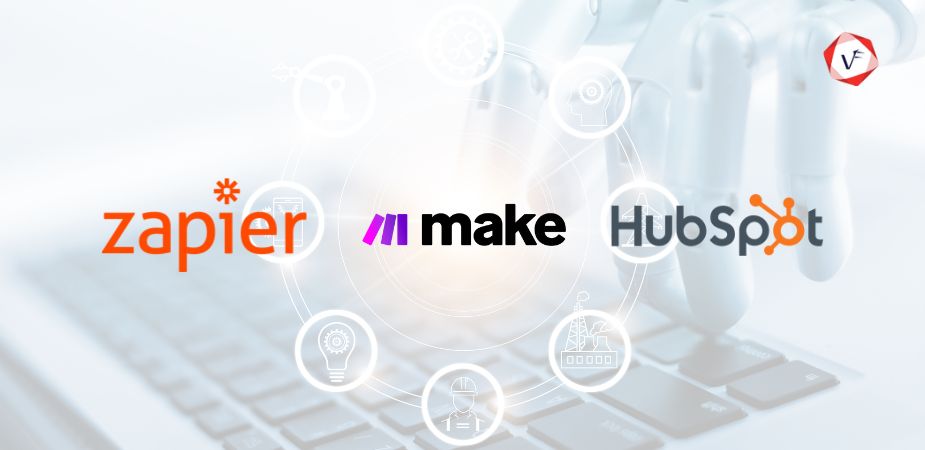Disasters and unexpected downtime can happen at any time, costing businesses their productivity, income, and sense of security. Preventing data loss and corruption is the first step in protecting your business. Your business runs smoothly when your IBM I systems and apps are online. Along with a well maintained High Availability and Disaster Recovery (HA/DR) solutions are without a doubt the most effective technique to satisfy those important needs.
Keeping systems up and running in an operational state is the primary goal of both high availability (HA) and disaster recovery (DR), with the difference being that high availability is intended to manage issues when a system is running and whereas disaster recovery is intended to solve issues after a system fails. No matter how simple, any production application must have some disaster recovery plan in place. In response, this blog discusses on how to develop your IBM I High availability and Disaster recover (HA/DR) solution.
What Is Disaster Recovery And High Availability?
A system or component constantly functioning for an ideal long period of time is referred to as high availability (HA). Disaster recovery (DR) refers to a set of guidelines and procedures that facilitate the recovery of essential infrastructure and systems in the wake of a disaster. Where high availability fails, disaster recovery steps in. Disaster recovery can be easy as restoring data from a backup or immensely difficult depending on two factors that is Recovery Time Objective (RTO) and Recovery Point Objective (RPO).
High Availability and Disaster Recovery secure your data in various ways, despite the fact that they are closely tied. With disaster recovery, you can restore your entire system from storage media to a different location.
The guidelines are the same for all businesses, no matter how big or small, in today’s age of internet usage and online dependence, Your company will be in trouble if your IBM i systems and data are not constantly accessible. Since the customers can easily access the products and services of your competitors with a few mouse clicks, they won’t hesitate to take their business elsewhere if there is a delay in the process. HA/DR solutions offer the robustness and adaptability to guarantee seamless, dependable switching, preventing planned downtime for server or network maintenance, upgrades, database reorganization, and other activities.
Understanding Your Data And Applications For Effective Recovery.
It is highly significant that data is reliable, consistent, and accurate across the board as a company grows. Data must rapidly move where it is needed over a variety of channels and between geographically distant data centers for business analytics and safe transactions. It is difficult to deploy and manage such complex distributed computing activities. Even more important is safeguarding them from failure and data loss. Certainly, distributing workloads among servers in several locations optimizes compute capacity and lowers capital costs. However, it also generates a number of possible HA/DR vulnerabilities that must be fixed.
The following factors should be taken into account when you develop your IBM I High availability and Disaster recover (HA/DR) solution.
- How quickly could your business bounce back from an unexpected incident?
- Are you sure you might even recover all of your systems and data?
- What kind of effects might a disaster or outage have on your company?
- If your company already has a plan, how frequently has it been tested?
Also Read Why You’re Failing At IBM Application Modernization.
Tape-Based Solutions
When it comes to creating a disaster recovery plan, tape backups are the bare minimum. Tape solutions can be advanced, but the majority of implementations are not. Instead of doing it every day, many businesses rotate their tapes through their drives every week. If they have a library, they’ll put all seven tapes in, then pull them all out the following week. If the recordings aren’t stored offsite, you might not be safeguarded.
The frequency and grade of your backups truly determine the recovery point aim for tape-based solutions. Your RPO is 24 hours or less if you perform a full backup each day. You would need to go back in time or to the data that was available when the last backup was made. If you perform full saves once per week, it would take place over the course of seven days. An RPO of seven days really indicates that the company has chosen they can deal with losing up to seven days’ worth of data in addition to the time it would take to rebuild the system.
Steps To Test Your DR Plan
Follow these steps to build an effective disaster recovery testing strategy for your IBM i :
-
Prototype A HA/DR Solution In A Separate Test Environment
Start with a separate test environment that enables you to gauge performance, contrast configurations, and confirm the functioning and data integrity of your recovery plan before implementing backup and restoration methods in a live production system. Aim to simulate both your production and standby environments for the most accurate results.
-
Determine Your Testing Procedures
Consider all of the data, systems, programs, and workloads that depend on IBM I to identify and rank the backups that are most important to your company. Create a unique testing strategy after that. To verify your backups, you must run a number of tests, including ones that measure how long it takes to back up or restore data, programs, and virtual environments. The best course of action is to model a full-scale business recovery and test all of your backups and processes.
-
Simulate A Disaster Scenario
Simulate several test scenarios to assess the accuracy of your recovery plan and ensure that your HA/DR system will function when disaster strikes. Your disaster recovery team benefits from having practical experience from this as well. When testing, focus on minimizing problems and monitoring the recovery process from beginning to end. If a backup isn’t functioning correctly, make the necessary adjustments and retest the procedure.
-
Create A Schedule For Regular Testing
Regular testing will provide you assurance in your preparation for disaster recovery. You should test your backup and recovery plans semi-annually or quarterly. Businesses may make sure they are ready for the worst-case situation by using disaster recovery testing services.
How To Ensure Your IBM I System Remains Online On Crisis? Read Now
Final Thoughts
The bottom line is that in order to develop the IBM I High availability and Disaster recover (HA/DR) solution for your organization’s needs and budgets, it is necessary to understand each technological feature’s capabilities and limitations in general before assessing the individual solutions being offered and the company that is supporting them. HA/DR solutions can deliver real value if you can leverage their core capabilities to deliver advanced, accurate, and reliable data to your analytics systems, decision-makers, and partners, wherever and whenever they need it. For more details, visit us at www.vofox.com





